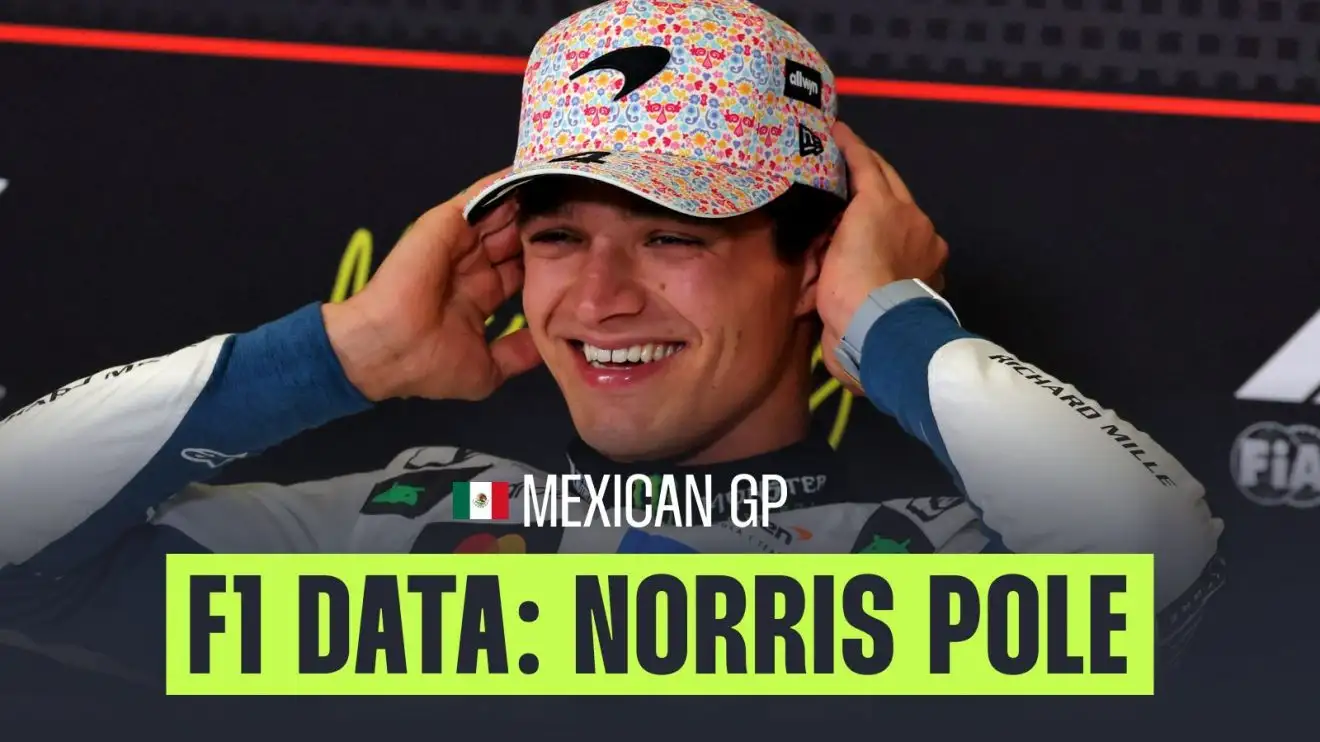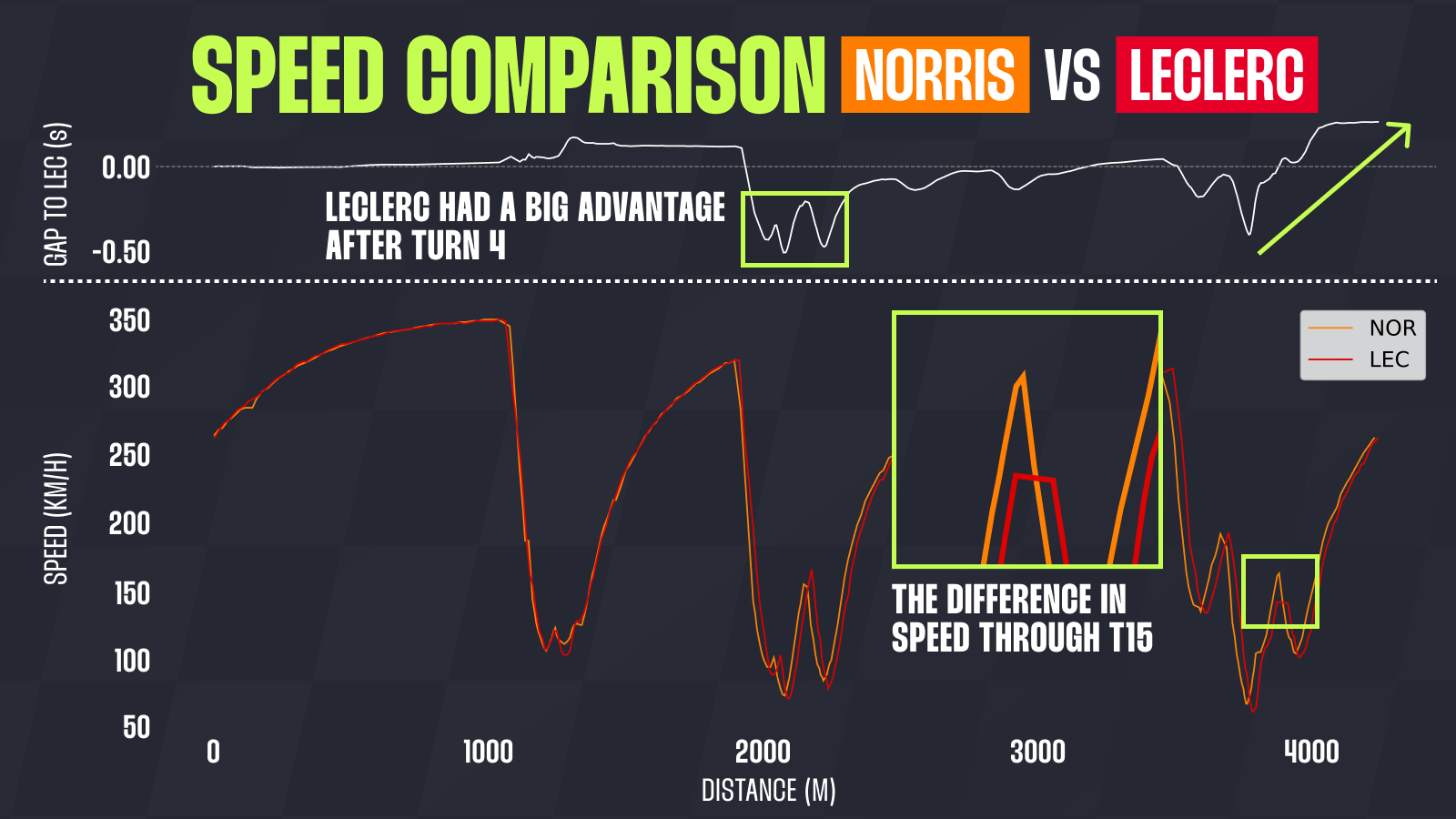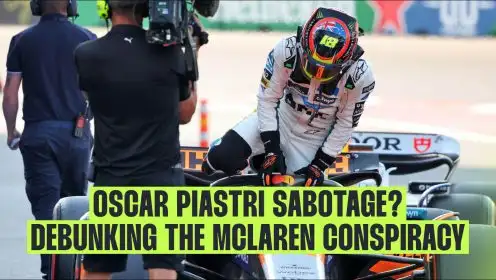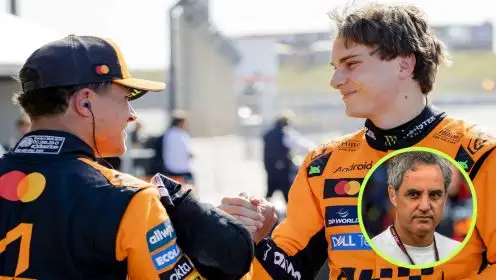Uncovered: How Lando Norris delivered the qualifying lap of the season

Lando Norris claimed a sensational pole position in Mexico
After a long break, Lando Norris has taken the 14th pole position of his career, which is at the same time probably the most important one so far.
Although his qualifying form in recent weeks has not been the strongest, the Briton delivered an outstanding lap in Mexico, one so good that even he admitted he was not entirely sure how he managed it. Let’s use telemetry data to get some answers.
Mexico – A circuit made for Lando Norris
During his career, Norris has built a reputation as a very strong driver in slow corners, which is confirmed not only by this season’s results, but also by those from previous years. With this in mind, the logical assumption before arriving in Mexico was that he would be the stronger McLaren F1 Team driver this weekend.
Although Friday’s practice results didn’t reflect that, things changed during the third free practice. This kind of situation is not unusual for the Mexican Grand Prix.
The circuit is used exclusively for Formula 1 racing, meaning that at the beginning of the weekend it is full of dust, which significantly affects grip. Because of this, we saw a very different order from the one we are used to in FP1 and FP2.
It should also be noted that Norris gave up his car to young driver Patricio O’Ward during the first free practice session.
In FP3, the situation looked different because the track had been cleaned enough for drivers to show their better pace. These 60 minutes also revealed that Scuderia Ferrari were in strong form and that Oscar Piastri was struggling on this low-grip surface.
Qualifying confirmed it with a convincing pole position for Norris, the Ferrari drivers immediately behind him, and a very poor result for Piastri — only P8.
When comparing the pole lap with second-placed Charles Leclerc, we can see where Lando gained this big advantage.


The white delta line shows that the gap was not so dominant in the first two sectors. In fact, up until the final stadium section, Leclerc was actually ahead. Norris had a better run through the first three corners, picking up around two tenths of a second despite braking earlier before Turn 1. However, at the second heavy braking zone before Turn 4, it was Leclerc who did the better job. At that moment his advantage was around half a second, but the Briton erased it very quickly.

This happened mostly thanks to a much better run through Turn 6, which allowed him to carry more speed through the Esses. This part of the track is extremely demanding because it is easy to lose rear grip and suffer from oversteer, something we saw several times with Max Verstappen.
Before Turn 12, the delta was almost zero, and this is where the crucial part of the lap begins — the stadium section. Norris was by far the fastest driver through this part of the track, and the difference in speed through Turn 15 clearly shows it.
On such a short section, Norris managed to recover a significant amount of time, which created the gap between the two drivers.
A very similar situation appears when comparing Lewis Hamilton and Norris. Until Turn 12, their laps were extremely close, but the difference Norris made in the final corners completely decided the fight.
Analysing his qualifying performances in previous race weekends, a repeated pattern emerged — Norris often failed to combine his best sectors into one lap. The speed was always there, but he couldn’t bring it all together.
In Mexico, we finally saw him do it. Not only was his ideal lap identical to the real one, but he also recorded purple sectors in all three parts of the track on his final attempt.
Fully deserved, Norris will start the race from pole position. But what can we expect from him during the race?
More Mexican GP qualifying reaction from PlanetF1.com
👉 Oscar Piastri reveals ‘biggest concern’ as Norris delivers Mexican GP hammer blow
👉 F1 starting grid: What is the grid order for the 2025 Mexico City Grand Prix?
His name is also at the top when we look at long-run simulations from FP2. The grip was lower than what will be expected during the main race, and we can’t be sure about engine modes or fuel levels, but the data can still point us in the right direction.

What is interesting is that McLaren were the only top team to simulate race pace on soft tyres, which we might also see during the Grand Prix itself.
However, it is important to keep in mind that Mexico requires a different kind of strategy from other tracks. The high altitude makes cooling more difficult, not only for the engine and brakes but also for the tyres. It will be even more important for teams to have clean air ahead, as this is the only way to get the maximum out of what they have.
In addition to this, despite the long main straight, Mexico is not an ideal track for overtaking. In other words, track position is everything.
Read next: Oscar Piastri ‘odd comments’ alert Villeneuve after Mexican GP setback





